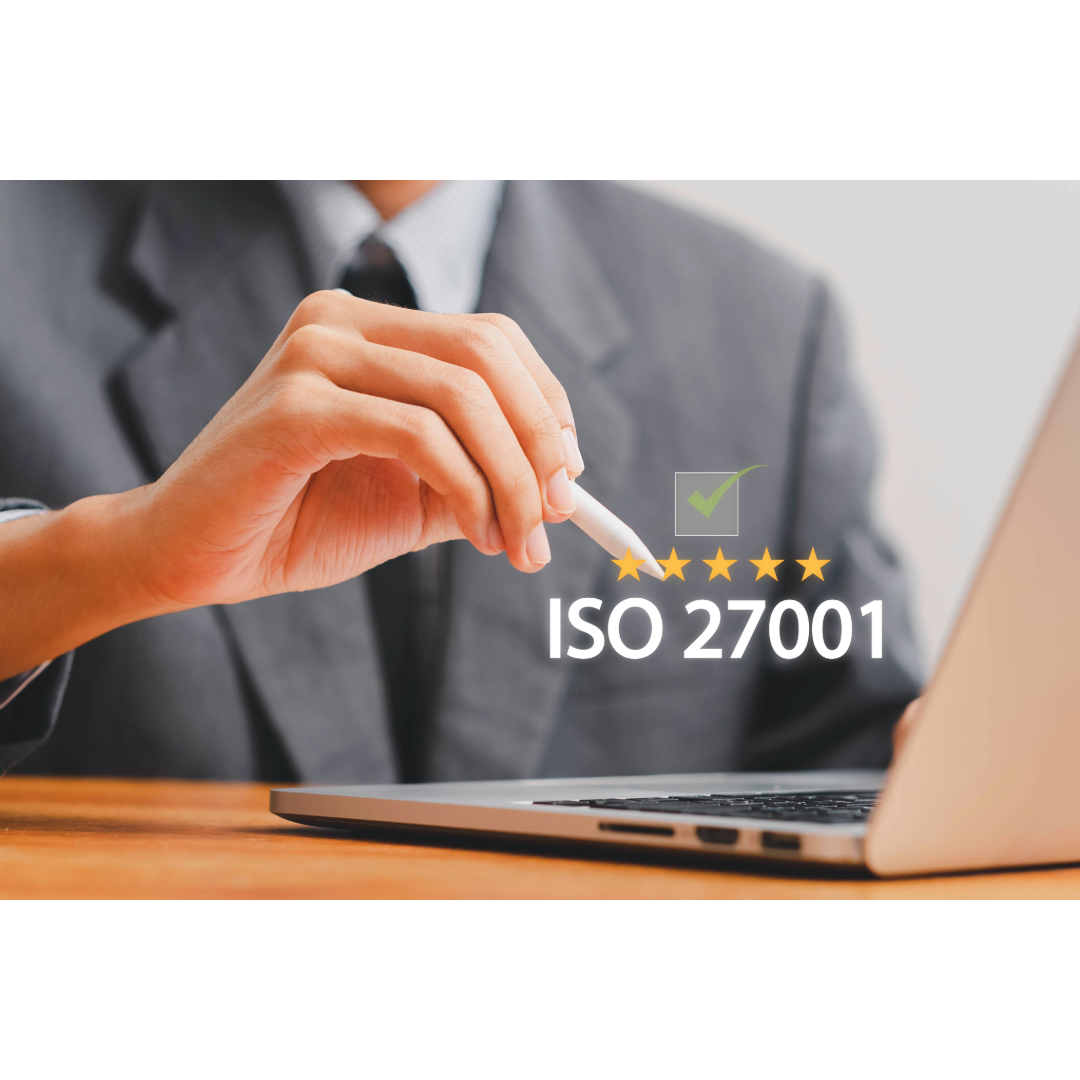ISO 27001 Certification: A Practical Guide for IT Teams and Business Leaders
August 26, 2025

In a fast-moving digital world, protecting information assets is non-negotiable. ISO 27001 is the globally recognised standard for building, running and continually improving an Information Security Management System (ISMS). Achieving certification strengthens trust with customers and partners and proves your organisation takes data protection seriously.
If you’re ready to upskill or lead an implementation, start with our ISO 27001 online training
What Is ISO 27001?
ISO 27001 sets out the requirements for establishing, implementing, maintaining and continually improving an ISMS—the policies, processes, roles and controls that keep information secure. It’s risk-based and auditable, making it relevant for organisations of all sizes and sectors.
Why ISO 27001 Matters
- Reduces risk: A structured approach to identifying threats, assessing impact and applying proportionate controls.
- Builds trust: Independent certification demonstrates due diligence to clients, partners and regulators.
- Supports compliance: Aligns with data protection obligations (e.g., privacy and security requirements) and supplier due-diligence demands.
- Improves resilience: Encourages continuous improvement and readiness for emerging threats.
Want a guided path? See our ISO 27001 course
for hands-on templates and expert instruction.
Core Components of ISO 27001
1) ISMS (Information Security Management System)
Your ISMS defines governance: scope, policies, objectives, roles, competencies, and how you operate security day to day (awareness, monitoring, incident response, supplier management, etc.).
2) Risk Assessment & Treatment
Identify assets, threats and vulnerabilities; evaluate risks; choose risk treatment options; and document controls in your Risk Treatment Plan and Statement of Applicability (SoA).
3) Annex A Controls (Themes)
ISO 27001 references control themes (e.g., organisational, people, physical and technological) that guide what you implement—such as access control, encryption, operational security, logging/monitoring, incident management and supplier security.
4) Documented Information & Evidence
Maintain policies, procedures, records (training, incidents, audits, management reviews) to demonstrate effective operation and improvement.
Step-by-Step: How to Achieve ISO 27001 Certification
- Run a gap assessment
- Compare current practices to ISO 27001 requirements and prioritise remediation.
- Define scope and governance
- Clarify the ISMS boundaries, leadership responsibilities and information security objectives.
- Assess risks & plan treatments
- Build your risk methodology, perform assessments, decide treatments and draft the SoA.
- Implement controls & awareness
- Roll out technical and organisational controls, security training, and supplier requirements.
- Operate & measure
- Track KPIs, handle incidents, manage changes and keep records.
- Internal audit
- Independently verify that processes are implemented and effective; fix nonconformities.
- Management review
- Leadership evaluates performance, risks, opportunities and resourcing.
- Certification audit (Stage 1 & Stage 2)
- A UKAS/IAF-recognised certification body reviews documentation (Stage 1) and verifies implementation (Stage 2). Surveillance audits follow annually.
Need a structured toolkit and walkthroughs? Enrol in ISO 27001 online training
Benefits You Can Expect
- Better security outcomes: Fewer incidents and a faster, more consistent response when they occur.
- Market advantage: Meets customer security requirements and shortens security questionnaires.
- Operational clarity: Roles, processes and evidence that stand up to audits and due diligence.
- Continuous improvement: Plan-Do-Check-Act (PDCA) cycles that evolve with new threats.
Common Challenges (and How to Avoid Them)
- Over-engineering the ISMS
- Keep scope and controls proportionate to risk; avoid unnecessary complexity.
- Light documentation with weak evidence
- Write concise, usable procedures and keep audit-ready records.
- Insufficient stakeholder buy-in
- Tie objectives to real business outcomes (sales enablement, regulatory assurance, reduced downtime).
- One-off project mentality
- Schedule ongoing risk reviews, testing, training and supplier checks—then measure and improve.
Tips for a Smooth Implementation
- Invest in awareness: Everyone has a role—make responsibilities crystal clear.
- Automate where possible: Use tooling for asset inventories, access reviews, logging and evidence capture.
- Quarterly reviews: Risk, KPIs and corrective actions should be reviewed regularly, not just before audits.
- Get expert help: A seasoned practitioner or structured course accelerates progress and avoids common pitfalls.
Conclusion
ISO 27001 certification is a strong signal of security maturity. By building a right-sized ISMS, assessing risk pragmatically, and evidencing what you do, you’ll improve resilience and trust—while enabling the business to grow confidently.
Ready to lead the change? Start with Certified CPD’s ISO 27001 online course for expert-designed guidance, checklists and templates.